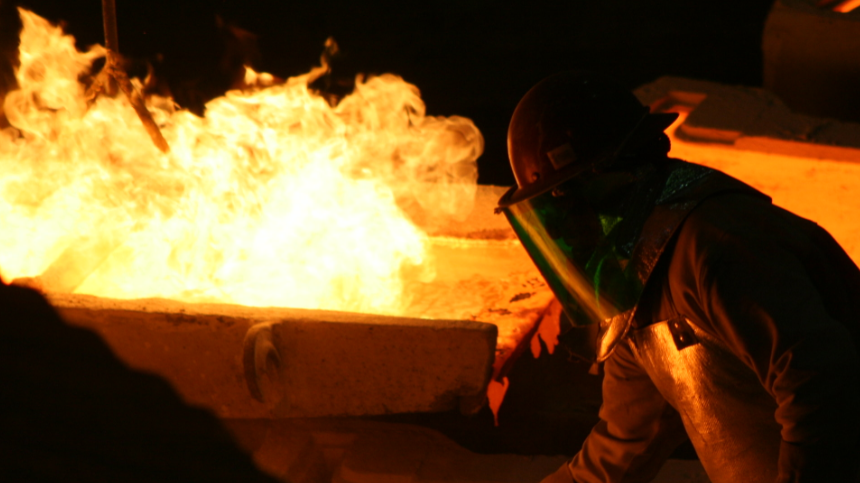
Global copper smelting activity fell in January, led by Europe and North America, as pandemic lockdowns dampened industrial activity, data from satellite surveillance of copper plants showed.
Top producer China also dipped but from high levels, satellite service SAVANT and broker Marex Spectron said in a joint statement on Tuesday.
“The primary driver of the global weakness in January was the large decline in European activity levels and continued weakness in North America. Clearly, this is pandemic-related,” said Guy Wolf, global head of analytics at Marex, which helped to develop SAVANT.
“The slowdown we saw in China towards the end of January followed a period of quite intense activity, suggesting a certain amount of re-stocking had been taking place ahead of the Chinese New Year holiday season.”
Earth-i, which specialises in geospatial data, launched its SAVANT service late last year, tracking more than 100 smelters representing 80% to 90% of global production.
It sells data to fund managers, traders and miners and publishes a free monthly index of global copper smelter activity.
Its global dispersion index fell to an average of 46.5 in January from 55.2 a month earlier.
Under SAVANT’s dispersion index, 50 points indicate smelters are operating at the average level of the last 12 months. It also has a second index showing the percentage of active smelters.
Europe saw a sharp drop in January to 41.3 from 59.9 a month before while North America remained depressed, slipping to 33.2 from 33.6 in December.
China, the world’s top refined copper producer, declined to 50.3 in January from 55.5.
(By Eric Onstad; Editing by Barbara Lewis)
Comments